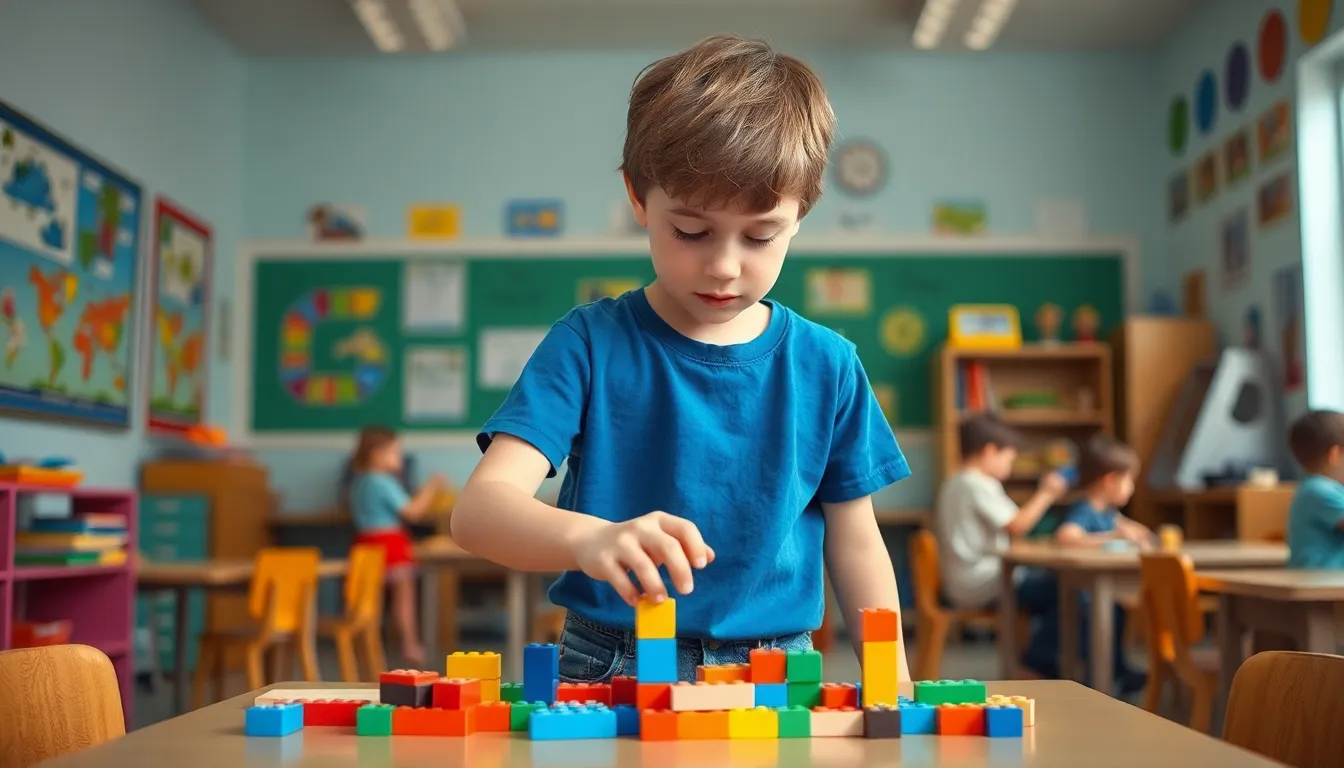Navigating the tumultuous waters of adolescence can feel like a high-stakes game of dodgeball. With social media pitfalls and late-night escapades lurking around every corner, teen safety has never been more crucial. Parents often find themselves in a whirlwind of worry, wondering if their kids are more likely to ace a math test or accidentally become a viral meme.
But fear not! This guide dives into the essentials of keeping teens safe while still allowing them to embrace their adventurous spirits. From digital dangers to real-world risks, it’s time to equip both teens and parents with the knowledge they need to tackle these challenges head-on. After all, a little laughter and a lot of awareness can go a long way in ensuring that those teenage years are memorable for all the right reasons.
Table of Contents
ToggleUnderstanding Teen Safety
Navigating the teen years presents unique safety challenges. Recognizing these challenges helps parents and teens prioritize safeguarding their well-being.
Importance of Teen Safety
Acknowledging the significance of teen safety is crucial. Safety directly affects physical health, emotional well-being, and personal development. A safe environment allows teens to focus on academics, friendships, and extracurricular activities. Safety education fosters critical decision-making skills, empowering teens to navigate risks independently. Parents must remain engaged, offering guidance while encouraging open dialogue about safety matters.
Current Challenges
Current challenges to teen safety vary significantly. Social media exposure introduces risks like cyberbullying and identity theft. Real-life situations, such as peer pressure and drug use, also threaten safety. Navigating these social landscapes can overwhelm many teens. Awareness of these issues is essential in forming effective prevention strategies. Empowering youth with knowledge equips them to confront these challenges confidently.
Online Safety for Teens

Online safety remains a significant concern for teens today. Understanding the landscape of digital interactions helps in navigating potential hazards.
Social Media Risks
Social media platforms expose teens to various risks. Privacy settings often remain neglected, allowing strangers to access personal information. This information misuse can lead to identity theft. Moreover, interacting with unknown users raises the possibility of encountering harmful individuals. Teens must recognize that digital footprints last forever, impacting future academic and career opportunities. Awareness of these risks enables young internet users to make informed choices when sharing content online.
Cyberbullying Awareness
Cyberbullying affects a substantial number of teens. Statistics show that around 37% of young people encounter bullying online, creating an environment of fear and anxiety. Victims may experience emotional distress, which can lead to severe consequences such as depression. Encouraging open conversations helps teens feel comfortable reporting incidents. Recognizing the signs of cyberbullying is crucial for both parents and peers. Early intervention can mitigate the impact and provide necessary support for victims. Understanding this issue fosters resilience and encourages a supportive social network.
Physical Safety for Teens
Creating a safe environment is essential for teen well-being. Parents and guardians should assess locations where teens spend time, including schools, parks, and social venues. Determining safety features like lighting, surveillance, and accessibility is crucial. Safe environments reduce risk factors that lead to accidents or harmful situations. For instance, around 20% of teens report experiencing bullying in school settings, emphasizing the importance of monitoring these spaces. Encouraging teens to speak up about unsafe situations fosters community awareness and promotes change.
Preparing for emergencies ensures that teens know how to react in various situations. Familiarizing them with emergency procedures, such as exit routes and isolation areas, builds confidence. Teaching basic first aid skills equips teens to handle minor injuries, reducing panic. Research indicates that only 30% of teens feel adequately prepared for emergencies, highlighting the need for better training. Conducting regular drills for fire, earthquake, or lockdown scenarios enhances readiness. Open communication about emergency plans reassures teens, fostering a sense of security and awareness in critical moments.
Promoting Mental Well-Being
Promoting mental well-being is essential for ensuring teen safety. Teens often experience stress and anxiety due to academic pressures and social dynamics.
Stress and Anxiety Management
Managing stress and anxiety proves crucial in helping teens thrive. Regular exercise can significantly reduce anxiety levels, providing physical and emotional benefits. Establishing a consistent sleep routine supports mental clarity and mood stabilization. Mindfulness practices, such as meditation or deep-breathing exercises, can enhance emotional resilience. Engaging in open discussions about feelings fosters a supportive environment, helping teens express concerns. Schools can incorporate mental health programs, which have shown effectiveness in reducing anxiety among students.
Building Resilience
Building resilience equips teens with tools to navigate life’s challenges. Overcoming setbacks is a vital part of personal growth, and the approach to it shapes one’s character. Encouraging teens to set realistic goals instills a sense of achievement, reinforcing their confidence. Promoting problem-solving skills allows them to tackle obstacles that may arise. Strong social connections play a key role in resilience; fostering friendships provides essential support. Parents can model positive coping strategies during tough times, demonstrating how to face adversity effectively. Instances of teens utilizing resilience skills lead to improved mental health outcomes, enhancing overall well-being.
Parental Involvement in Teen Safety
Parental engagement significantly enhances teen safety. Effective communication establishes trust and encourages open dialogue about critical issues.
Communication Strategies
Promoting regular conversations fosters understanding. Parents can create a safe space for teens to express concerns and share experiences. Establishing family meetings allows for discussions about safety topics and evolving risks. Listening actively strengthens relationships and helps parents identify issues promptly. Utilizing text messages can also maintain daily check-ins without feeling intrusive. Encouraging teens to voice their feelings builds confidence and encourages proactive behavior in challenging situations.
Educating on Risks
Educating teens about potential dangers is essential. Providing clear information on topics like cyberbullying and substance use prepares them to make informed decisions. Setting up workshops on digital footprints raises awareness about the consequences of online behavior. Discussing real-life scenarios promotes critical thinking. Parents can involve teens in safety planning, enabling them to understand how to respond during emergencies. Regularly sharing statistics about risks, such as the 37% impacted by cyberbullying, emphasizes the importance of vigilance. Engaging in these discussions equips teens with valuable knowledge and skills to navigate their environments safely.
Teen safety is a multifaceted issue that requires collaboration between parents and teens. By fostering open communication and understanding the challenges teens face, families can create a supportive environment. Encouraging resilience and equipping teens with essential skills can empower them to navigate risks confidently.
Prioritizing both physical and mental well-being is crucial for healthy development. Through proactive measures and ongoing discussions, parents can help their teens thrive in an increasingly complex world. Striking a balance between safety and independence will allow teens to enjoy their formative years while remaining protected from potential dangers.



